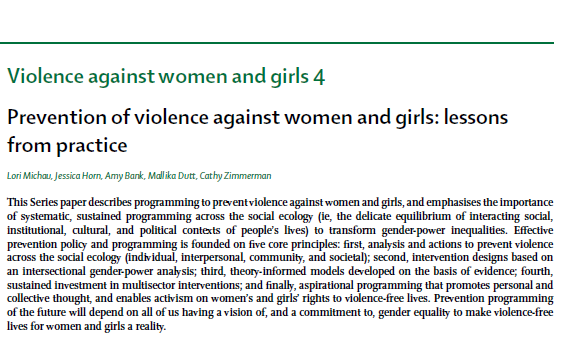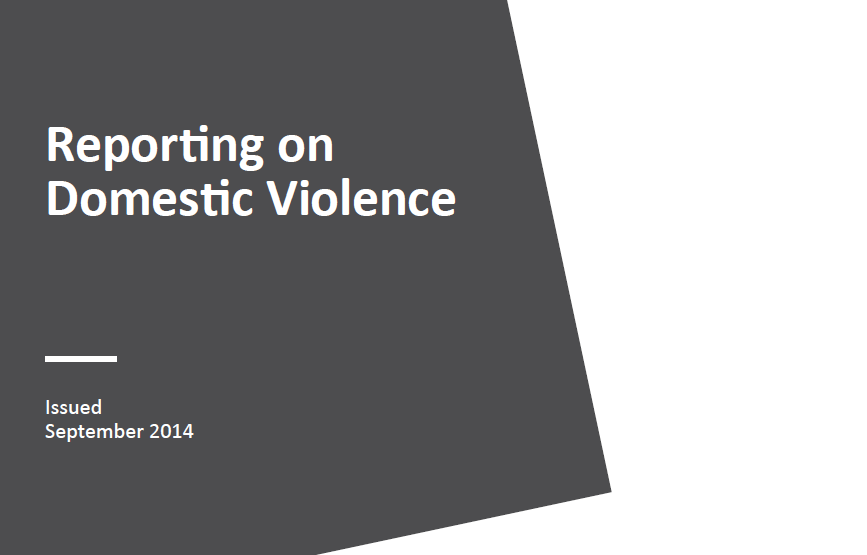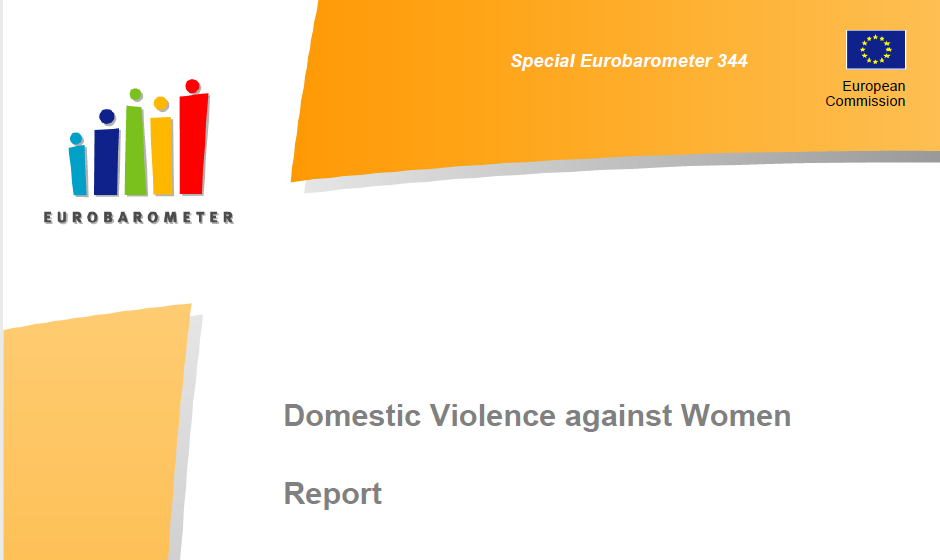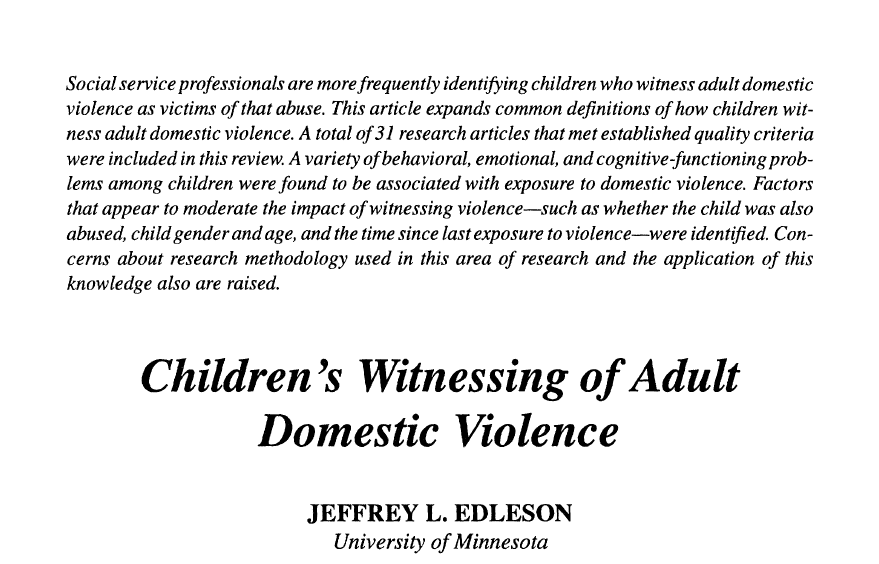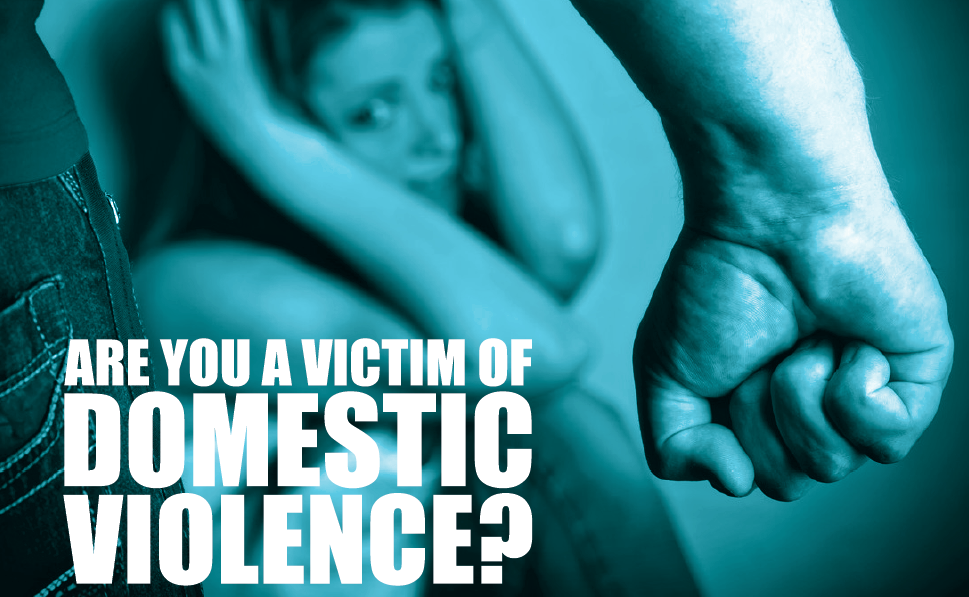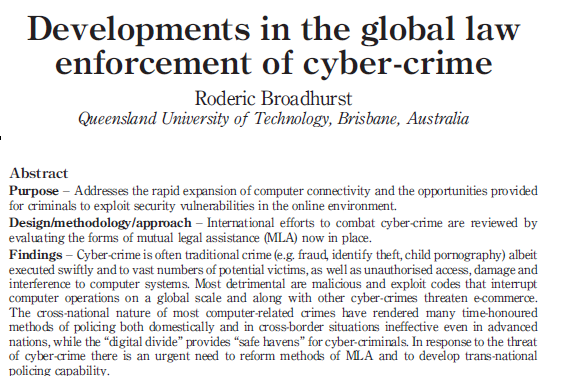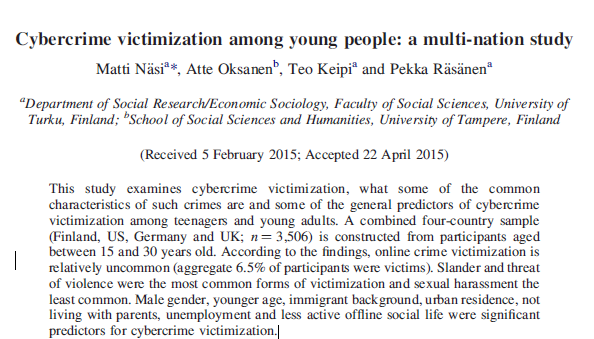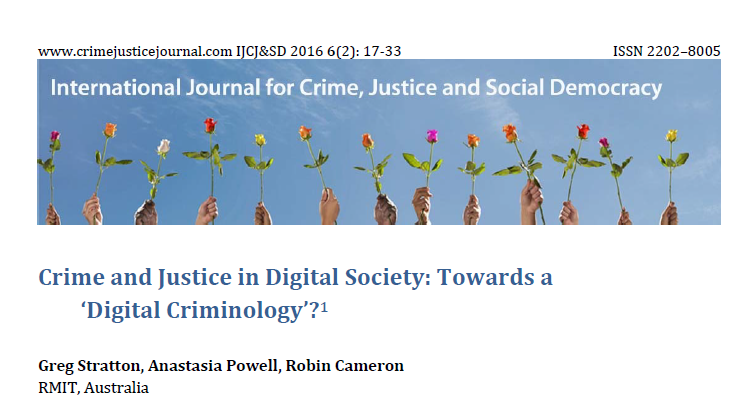For a quick search in the Knowledge database below, please use the search box. Also, note that using one or more of the dropdown filters will optimise your search.
Watch this video to find out more about our Knowledge Database and the publications we have collected here for you: video
Knowledge Database
-
Prevention of violence against women and girls
Lori Michau, Jessica Horn, Amy Bank, Mallika Dutt, Cathy Zimmerman | Published in 2014
This Series paper describes programming to prevent violence against women and girls, and emphasises the importance of systematic, sustained programming across the social ecology (ie, the delicate equilibrium of interacting social, institutional, cultural, and political contexts of people’s lives) to transform gender-power inequalities. Eff ective prevention policy and programming is founded on fi ve core principles: fi rst, analysis and actions to prevent violence across the social ecology (individual, interpersonal, community, and societal); second, intervention designs based on an intersectional gender-power analysis; third, theory-informed models developed on the basis of evidence; fourth, sustained investment in multisector interventions; and fi nally, aspirational programming that promotes personal and collective thought, and enables activism on women’s and girls’ rights to violence-free lives. Prevention programming of the future will depend on all of us having a vision of, and a commitment to, gender equality to make violence-free lives for women and girls a reality.
Keywords: domestic violence -
Reporting on Domestic Violence
Australian Government Department of Social Services | Published in 2014
Domestic violence is a serious problem in Australia. When you’re reporting on domestic violence, you can help readers, listeners and viewers to see it as an important issue that everyone can take action on. Remember: you can report on this issue in a way that informs, educates, and contributes usefully to public dialogue.
Keywords: domestic violence, prevention -
Domestic Violence Handbook
Alberta Justice Communications | Published in 2008
After reading volumes of research and literature on domestic violence, consulting experts from a number of community agencies and systems, attending conferences, training sessions and learning risk assessment, it became apparent that for a domestic violence prosecution program to succeed, all participants in the system – Crown, police, judges, social service providers, crisis intervention and treatment providers, must have a sound understanding of domestic violence and be willing to work collaboratively. This handbook is a compilation of the research, best practices, and knowledge that experts in the area of family violence would agree are essential to effective response by the criminal justice system.
Keywords: domestic violence, prevention -
Domestic Violence Against Women – Report
European Commission - Eurobarometer | Published in 2010
Keywords: domestic violence, prevention -
Children’s Witnessing of Adult Domestic Violence
Jeffrey L. Edleson | Published in 1999
Social service professionals are more frequently identifying children who witness adult domestic violence as victims of that abuse. This article expands common definitions of how children witness adult domestic violence. A total of 31 research articles that met established quality criteria were included in this review.
Keywords: domestic violence -
Are you a victim of domestic violence?
This South African brochure explains what domestic violence is and what resources and processes there are for a victim to leave a violent home situation.
Keywords: domestic violence, prevention, self-help, victim services -
Human trafficking as cybercrime
L. M. Rhodes | Published in 2017
Both the surface web and the dark web are utilised by traffickers to recruit and sell victims of human trafficking. This report explores how traffickers are using social engineering and technology to perform their trade. It looks at advances in fighting cybercrime, both legal and illegal and makes recommendations towards an increase of fighting human trafficking in cyberspace.
Keywords: cybercrime, human trafficking -
Developments in the global law enforcement of cyber-crime
Roderic Broadhurst | Published in 2006
Purpose – Addresses the rapid expansion of computer connectivity and the opportunities provided for criminals to exploit security vulnerabilities in the online environment. Design/methodology/approach – International efforts to combat cyber-crime are reviewed by evaluating the forms of mutual legal assistance (MLA) now in place. Findings – Cyber-crime is often traditional crime (e.g. fraud, identify theft, child pornography) albeit executed swiftly and to vast numbers of potential victims, as well as unauthorised access, damage and interference to computer systems. Most detrimental are malicious and exploit codes that interrupt computer operations on a global scale and along with other cyber-crimes threaten e-commerce. The cross-national nature of most computer-related crimes have rendered many time-honoured methods of policing both domestically and in cross-border situations ineffective even in advanced nations, while the “digital divide” provides “safe havens” for cyber-criminals. In response to the threat of cyber-crime there is an urgent need to reform methods of MLA and to develop trans-national policing capability. Practical implications – The international response is briefly outlined in the context of the United Nations (UN) Transnational Organised Crime Convention (in force from September 2003) and the Council of Europe’s innovative Cyber-crime Convention (in force from July 2004). In addition, the role of the UN, Interpol, other institutions and bi-lateral, regional and other efforts aimed a creating a seamless web of enforcement against cyber-criminals are described.
Keywords: cybercrime -
Cybercrime victimization among young people: a multi-nation study
Matti Nasi, Atte Oksanen, Teo Keipi and Pekka Rasanen | Published in 2015
This study examines cybercrime victimization, what some of the common characteristics of such crimes are and some of the general predictors of cybercrime victimization among teenagers and young adults. A combined four-country sample (Finland, US, Germany and UK; n ¼ 3,506) is constructed from participants aged between 15 and 30 years old. According to the findings, online crime victimization is relatively uncommon (aggregate 6.5% of participants were victims). Slander and threat of violence were the most common forms of victimization and sexual harassment the least common. Male gender, younger age, immigrant background, urban residence, not living with parents, unemployment and less active offline social life were significant predictors for cybercrime victimization.
Keywords: children, cybercrime -
Crime and Justice in Digital Society: Towards a ‘Digital Criminology’?
Greg Stratton, Anastasia Powell, Robin Cameron | Published in 2016
The opportunities afforded through digital and communications technologies, in particular social media, have inspired a diverse range of interdisciplinary perspectives exploring how such advancements influence the way we live. Rather than positioning technology as existing in a separate space to society more broadly, the ‘digital society’ is a concept that recognises such technologies as an embedded part of the larger social entity and acknowledges the incorporation of digital technologies, media, and networks in our everyday lives (Lupton 2014), including in crime perpetration, victimisation and justice. In this article, we explore potential for an interdisciplinary concept of digital society to expand and inspire innovative crime and justice scholarship within an emerging field of ‘digital criminology’.
Keywords: cybercrime, prevention
